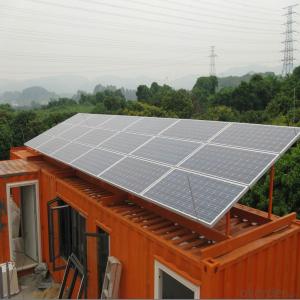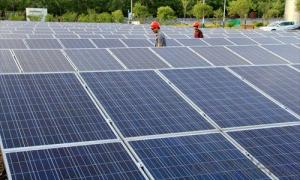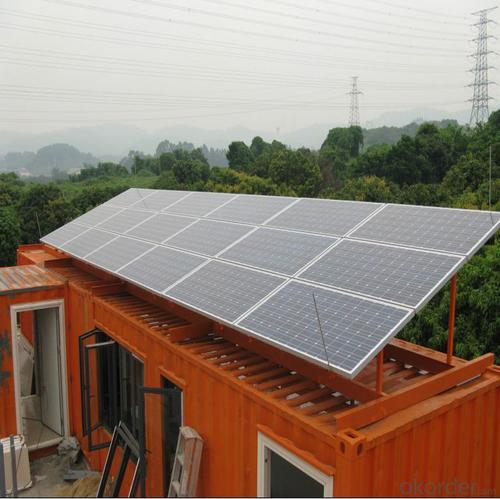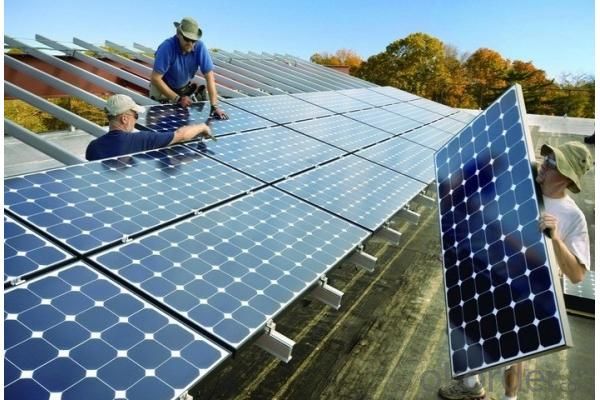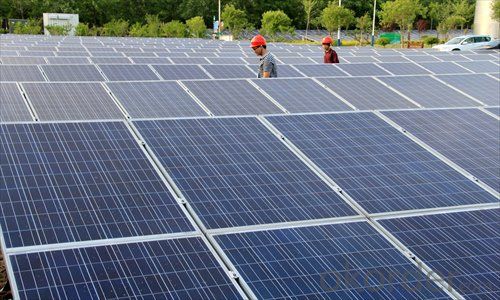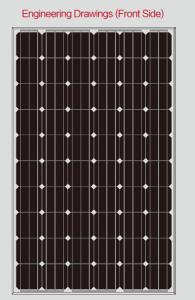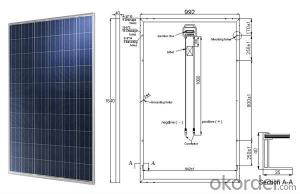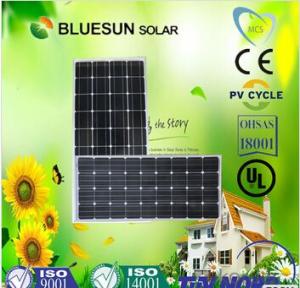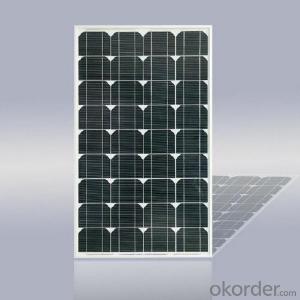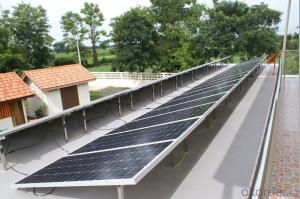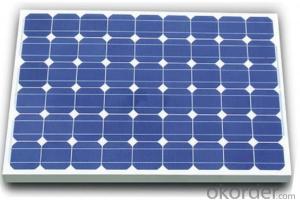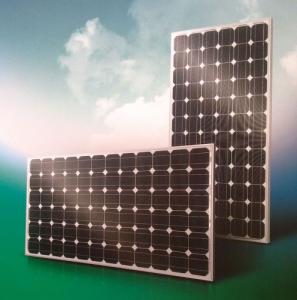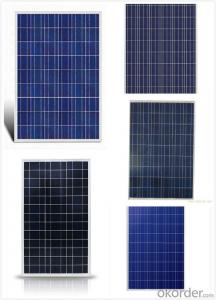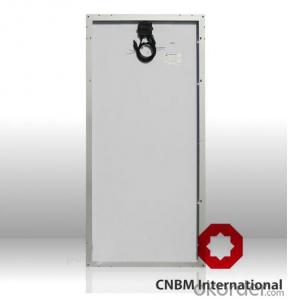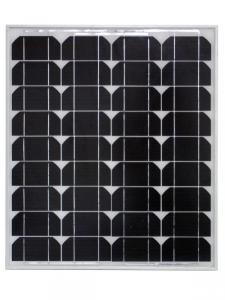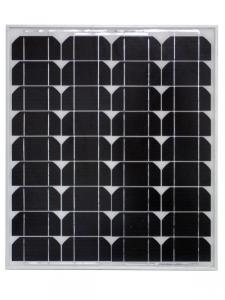New Tesla Solar Panels: High Quality Solar Panels from China
- Loading Port:
- China main port
- Payment Terms:
- TT OR LC
- Min Order Qty:
- 10000 watt
- Supply Capability:
- 100000000 watt/month
OKorder Service Pledge
OKorder Financial Service
You Might Also Like
Specification
Solar Monocrystalline 125mm Panel Series(45W-50W)
Product Description
Monocrystalline Silicon Solar Panel (45-50W)
• 10 years 90% output warranty
• 20 years 80% output warranty
• High conversion efficiency mono/poly-crystalline amorphous silicon solar cells
• Modules incorporate high performance bypass diodes to minimize the power drop caused by shading
• High transmittance, low-iron tempered glass
• High performance EVA encapsulate to prevent destroying and water.
• AI frame: without screw, corner connection. 8 holes on the frame can be installed easily
• Good performance of preventing from atrocious weather such as wind and hails
• Certifications: CE IEC TUV VDE UL, Class I
Details
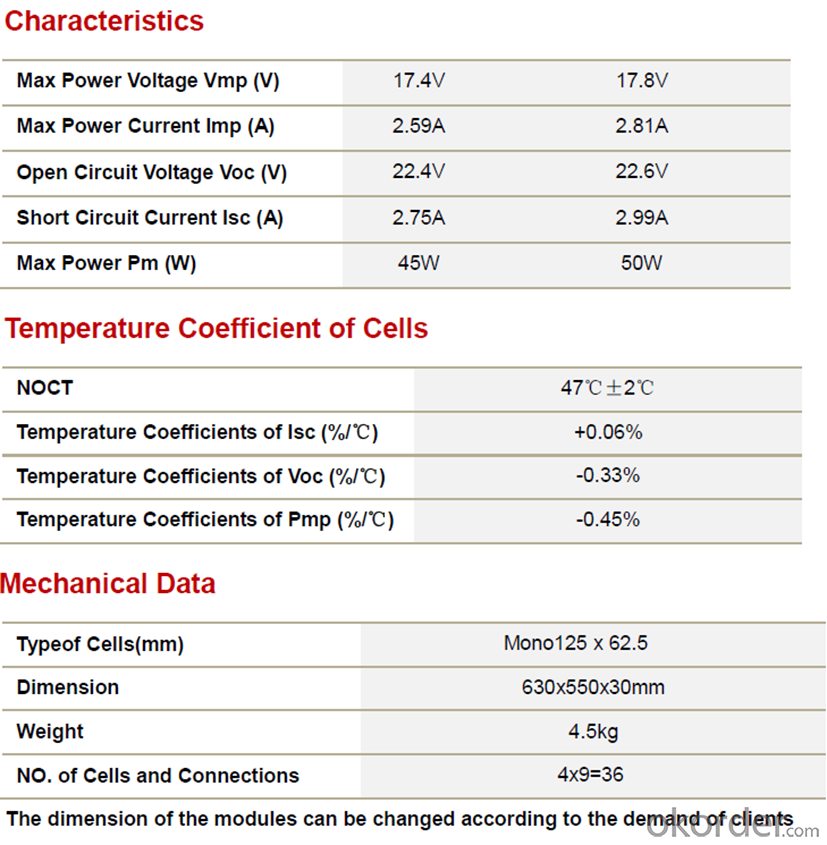
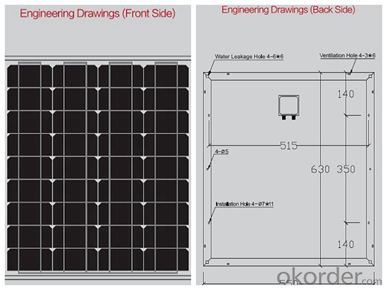
Certificate

Images
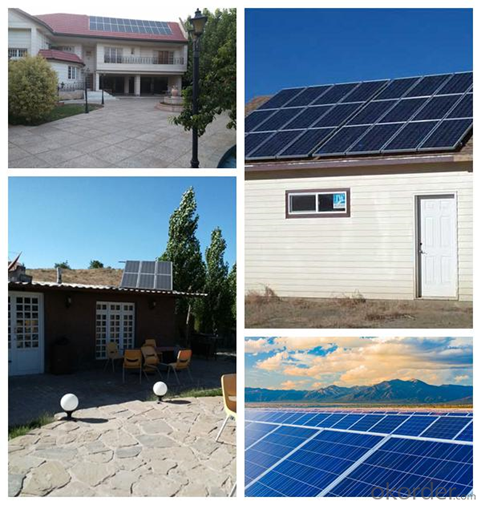
FAQ1
We have organized several common questions for our clients,may help you sincerely:
1.What price for each watt?
It depends on the quantity, delivery date and payment terms,
2.How do you pack your products?
We have rich experience on how to pack the panels to make sure the safety on shipment when it arrives at the destination.
- Q: I read on CNN's website last year some company was creating a very cheap type of solar panel, that needs minimal maintenance and and has minimal glare from the sun. And the creator of the project said he one day wanted to cover every rooftop in the US with these solar panels. Seems like a good idea to me but I havent heared anything of it for a long time and I don't know what they are called... any help?
- The most cost-effective solution, which the vast majority of new installs use today, is solar alongside the regular power company. That way, you need no batteries, and if the solar array isn't producing enough at any given time, you draw from the electric company. When the array is producing more than you need, instead of just throwing that power away, the power company buys it (usually). In short, yes, you will still have an electric bill, but a smaller one. On our house, the electric bill was a little less than $5 a month, with an end-of-year settlement of an additional $2. How much does it cost? Unfortunately, that's like asking how much personal transportation costs. Some people need a van to transport the kids to soccer, some may get by with a motorcycle, others may need only a bicycle. The best thing is to contact a professional installer to get a quote based on your location and electrical usage. Solar electric does not make financial sense in all areas. Our array cost $2,000 but don't use that as a guide. Yours might be 0 times that, or half that, depending on your area and needs.
- Q: Can solar panels be integrated into buildings?
- Yes, solar panels can be integrated into buildings through various methods such as rooftop installations, facade-integrated systems, and solar windows. These integrated solar panels not only generate clean energy but also blend seamlessly with the building's architecture, making them a popular choice for sustainable and aesthetically pleasing designs.
- Q: Also, what's the solar panel's rate of producing electricity?
- Natural gas is stored energy- once you use it up it's gone. Solar panels make energy for decades. Thin film solar is around 0% while crystalline silicone might be around 25%.
- Q: I want to buy a solar panel kit to run my central AC unit. it is a 3 ton unit. Can I do this? The electric rates in the Chicago area are skyrocketing and I can't keep paying 350 dollar electric bills during the spring and summer months
- It sounds like saving money is your chief goal. If your house is not already super-insulated, that should be the first target. Super-insulation, radiant barriers, double-pane windows, white roof, weatherstripping, attic fan. Number two would be conservation. Can you turn the A/C up to 80? I visited a place in Wyoming when it was 0 outside, and 80 felt very pleasant. Third, efficiency. Have you considered a ground-sourced heat pump? Deep down below your house the water table may be colder than 40 degrees F, and can provide good cooling. After all that, you can look into solar electric, which may or may not be a good deal in your area. The type of solar electric that is most cost efficient is the kind that connects right to the house wiring and works alongside the normal electric company. You can talk with a local installer and get a free financial analysis. Then you can look at it and see if the installer is on the level, or trying to play accounting tricks with unreasonable assumptions. Solar makes sense in most parts of California, but Illinois is not known as a big solar area. The kits you have have seen were probably for standalone solar, generally an expensive proposition for the amount of power you get. Put another way, either it will be low power, or it will be very expensive.
- Q: About how much would it cost to purchase and install solar panels for the average American house so that the house can be off the power grid and use the same amount of electricity as it normally does?
- My friend has a system with 6 Panels, I think about 6 large batteries (Like Golf Cart Battery), a 5 KW Generator. It also has all the electronic controllers and monitors. He has about $30,000-$35,000 in his system. It does pretty good except it will not support air conditioning or heat without running the generator which is expensive. He has some niehbors that have air conditiong, but they use a gas / ammonia cycle for that. Caution, even with these systems they must be very careful with power usage, or they must run generators. They are located in the Sonoran desert where the sun shines just about every day so it is the very best of conditions. Based on this, I would say a system that would match the average household usage would cost around $80,000 or more, and would need a huge roof or large open area facing south. Probably not practicle, but possible.
- Q: When people buy small solar panels, what are the steps to making it actually charge or run something.. I'm completely new to this of course and im curious. what kinda of wire and other devices are needed and how do you attach the wire and everything..
- It is quite complex from an engineering point of view. If the objective is academic, then it is worth the education for a small system. If it is to save money, whether it is viable depends what are the current rates where U are and a whole bunch of issues. The current technologies available are very far from one size fits all! Hope this answers your question
- Q: Okay, I think I understand what I'm doing, but I want to set up some solar panels on the roof of my garage, the building that gets the most sun, and I want to make sure all my math is correct in determining number of megawatts per year. However, my knowledge of electrical terms in quite n00bish, to say the least.Here is what I think I should be doing.The solar cells come at .75 Watts average power.I will install 4 panels of 64 cells each, with a total of 256 cells.
- For comparison, 36 of these make a normal 2V x 50W panel. Note they are not tabbed. This means you have to find a way to connect them yourself. The tabs are probably spot welded on by the suppliers. A supplier below has kits of these with tabs, as needed to connect them together. These are not suitable for grid connect, because the higher voltage needed makes do it yourself panels a dangerous and litigious thing to have on your roof. Maybe you could buy a smaller pack from the link below to compare tabbed and untabbed and work out what to do. Your power calculation is a bit incorrect because the sun is only present some of the time. The 36 cell module would produce 50W when square on to the full sun. The sun may be out for around 2h a day in some places and times of the year. However it is the equivalent of 5h full sun, because of the changing angle throughout the day. Look this up on the internet for your region. Temperate zones may be a lot less. One pack in your link is 36x3 = 08 cells. Thus 50W per pack x 5h a day gives 750Wh per day and 274KWh/y. In reality it will always be less because of regions, weather, clouds, dust, inefficiencies, aging of cells.
- Q: Can solar panels be used for heating a greenhouse?
- Yes, solar panels can be used for heating a greenhouse. Solar panels can generate electricity, which can then be used to power heaters or heat pumps inside the greenhouse to provide warmth. Additionally, solar panels can also be used to heat water, which can be circulated through pipes or radiators to provide radiant heat in the greenhouse.
- Q: Is it possible for the everyday person to increase the efficiency of solar panels that they own? If so, how is it done?
- If you have a way to keep silicon panels cool, that really helps. On a hot summer day, our array was down 20% in production. I sprayed a hose to wash the panels, and for a few minutes, the power spiked to 20% ABOVE normal. The usual thing to do is mount the panels exposed to the wind if you can, or at least 8 off the roof otherwise. A few lucky souls with access to free stream water on their property have been known to use water cooling under their panels.
- Q: What is a good sight that I could go to about installing solar panels and all of the considerations of it?
- Go okorder This is the web site for the magazine Homepower. You should probably get a copy of the magazine and have a look (there is a Free Sample Issue botton on the site). It contains articles about real people and their solar collectors. It usually details what kind of system they have and provides an illustration of the different parts. These articles and illustrations are very helpful to people who are new to the topic. They also have articles on things are far ranging as the national electrical codes for solar electric panels, building your own electric car and solar ovens for cooking. Check the site out and then request a free magazine.
Send your message to us
New Tesla Solar Panels: High Quality Solar Panels from China
- Loading Port:
- China main port
- Payment Terms:
- TT OR LC
- Min Order Qty:
- 10000 watt
- Supply Capability:
- 100000000 watt/month
OKorder Service Pledge
OKorder Financial Service
Similar products
Hot products
Hot Searches
Related keywords
